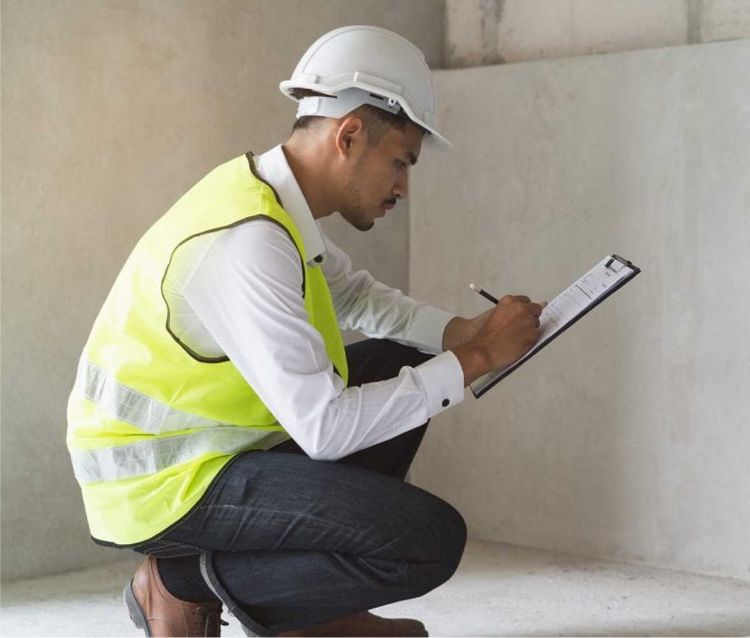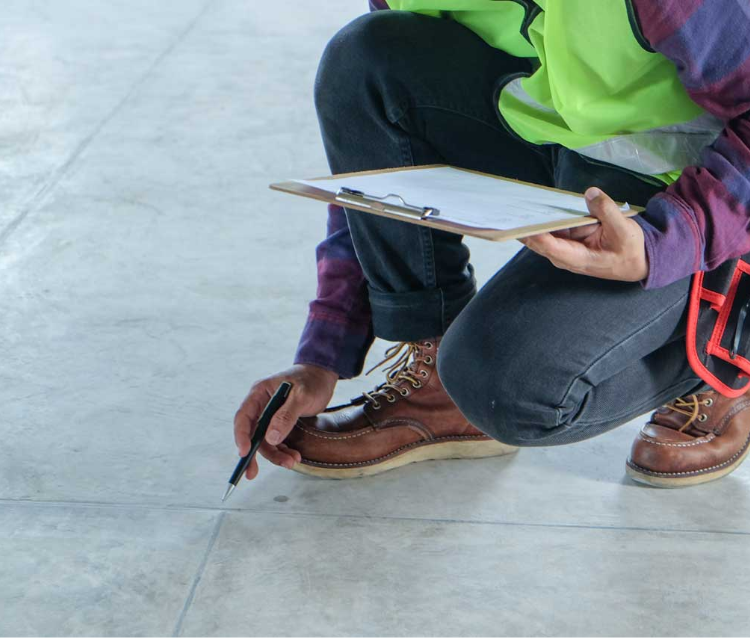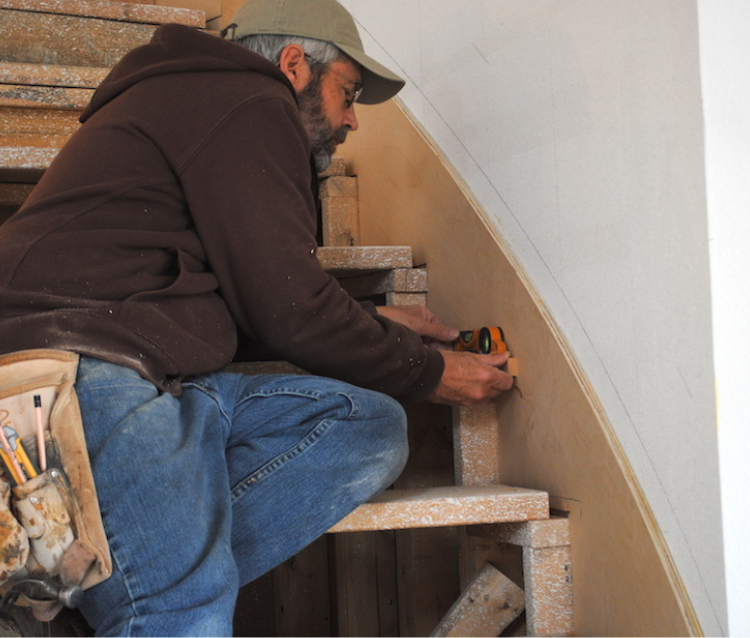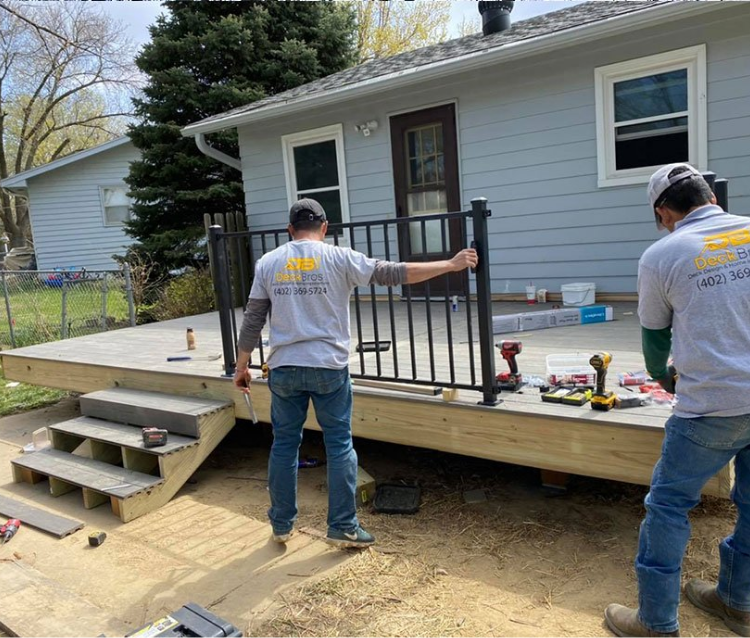Infrared Thermography – A Solution for Residential and Commercial Owners
Request a Free Quote
Book A Call
Trusted by Companies and Homeowners Associations







Our Services Include But Aren’t Limited To

Foundation Inspection
We check foundation walls for cracks, footing for settling, and signs of moisture.

Framing Inspection
Engineers verify structural integrity and proper joining of studs, beams, and joists.

Roof Inspection
We assess roofing materials, flashing, sealing, and ventilation to prevent moisture.

Wall Inspection
We evaluate the walls' structural integrity and connections of wall members.

Floor Inspection
Focus on assessing flooring safety, stability, and connections to the subfloor or foundation.

Ceiling Inspection
Inspectors examine ceiling materials' integrity, support, and connection to framing members.

Stair Inspection
Evaluate stairs' structural integrity, measurements, and safety features.

Balcony and Deck Inspection
Inspect supporting members, deck surface, and connections for security and support.
Our 4-Step Process
Initial consultation
Contact us via phone or email for a session to address your inquiries and understand our services better.Scheduling & Inspection Process
We offer flexible appointments, including evenings and weekends. Our certified technicians conduct thorough inspections and identify any issues through thermal analysis.Analysis and Reporting
Post-inspection, we analyze data and provide a detailed report highlighting potential problems and recommended actions.Follow-up and Maintenance
We collaborate with you to address identified issues and offer regular maintenance and inspections for optimal equipment performance.
-
2478+
Projects Completed
-
5,454
Inspections
-
1789+
Permits Approved
-
289+
Violations Legalized
Why Choose Souffront?
Experience
With over a decade in engineering and construction, specializing in inspections for commercial and residential buildings.
Quality
Our experts utilize top-tier technology like infrared cameras, drones, and BIM software for comprehensive analyses of all building types.
Reliability
Delivering punctual, budget-friendly services led by highly credentialed engineers and inspectors, validated by satisfied clients.
Reputation
Backed by 60+ "5-star reviews" and a portfolio showcasing completed projects, reinforcing our reliability and trustworthiness.
Commitment
A steadfast partner for engineering and construction projects, offering ongoing support and maintenance post-project completion.
Discover Hidden Issues With Thermography Inspections!
Our advanced thermography inspections reveal hidden problems, saving you time and money on repairs. Schedule your scan now.
Request A Quote
Book Professional Thermography Services!
Request a Free Quote
Request a Free Quote
"*" indicates required fields
Book Professional Thermography Services!
Request a Free Quote
Request a Free Quote
"*" indicates required fields
Frequently Asked Questions
What are the advantages of infrared thermography?
It can quickly detect water infiltration, air infiltration, mold, overheating, and more – making it a great choice for residential, commercial, homeowners association, and commercial real estate individuals. Use it to evaluate the efficiency of mechanical systems and to identify potential fire hazards. With infrared thermography, you can enjoy improved safety, efficiency, and peace of mind – all without large, costly repairs.
What types of equipment are used in Infrared thermography electrical inspection?
The following are the major primary equipment used:
- Infrared cameras and optics
- Thermal imagers
- Imaging software
- Temperature guns
- Surface thermometers
- Scanning pyrometers
How is infrared thermography different from other methods of temperature measurement?
How can infrared thermography help detect problems?
What is the cost of advanced infrared thermography services?
See Beyond The Surface – Call Today!
Receive Professional Guidance and Keep Your Property Up to Date – Get Your Inspection Today!
Request a quote

